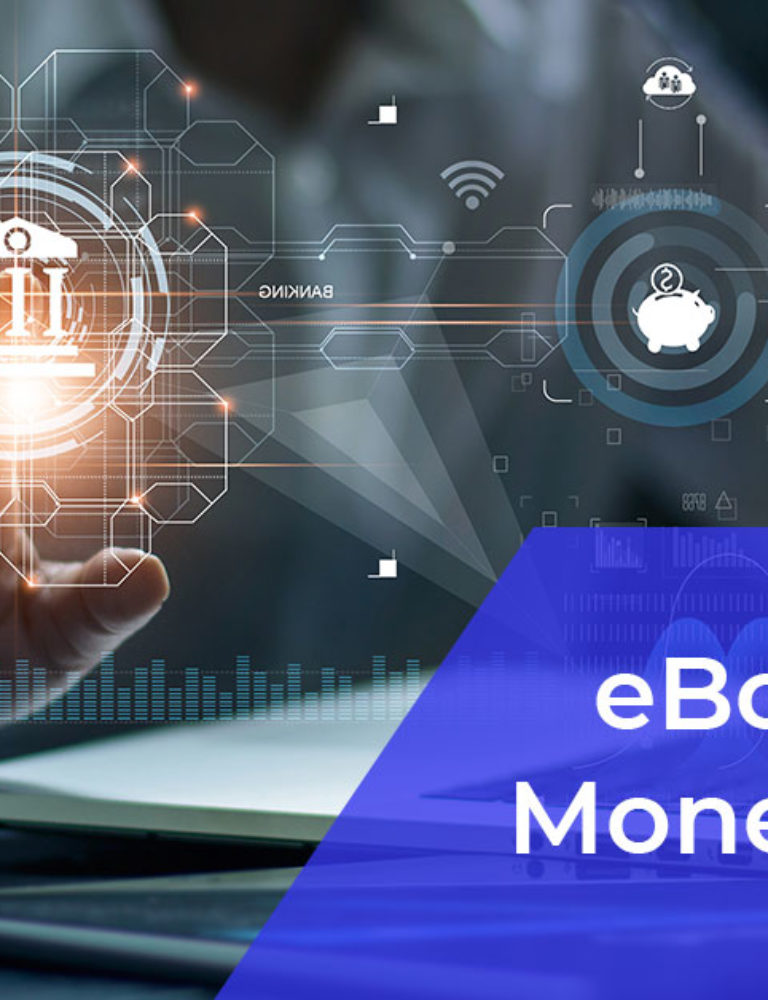With the rapid advancement of technology, eBooks have emerged as a popular digital alternative to traditional printed books. eBooks offer numerous advantages, such as portability, easy accessibility, and the ability to carry an entire library in a single device. These advantages make eBooks the preferred choice for K12 education today. However, to truly enhance the learning experience, the integration of multimedia elements within eBooks has become essential. In this article, we’ll explore why an eBook creation software for K12 education must have multimedia integration capabilities. Here’s what we’ll cover.
Table of Contents:
I. What Is Multimedia Integration and Why Do We Need It in K12 Education?
II. The Benefits of Multimedia Integration in K12 Education
- Enhanced Learning Experiences
- Increased Student Engagement
- Improved Retention and Understanding
- Accessibility for Diverse Learners
- Customization and Personalization Options
- Interactive Assessments and Quizzes
III. Conclusion
What Is Multimedia Integration and Why Do We Need It in K12 Education?
Multimedia integration refers to the incorporation of various multimedia elements in digital K12 content. These include videos, audio, images, interactive features, and animations amongst others. Any good eBook creation software today should be able to facilitate the integration of these multimedia elements into one’s content.
Incorporating these elements into digital textbooks provides a more immersive learning experience for students. Students can visualize concepts, listen to audio files and actively participate with interactive features. Let’s explore a few more benefits.
The Benefits of Multimedia Integration in K12 Education
Enhanced Learning Experiences
Multimedia elements in eBooks allow students to go beyond the limitations of static text. By integrating videos, children can visualize concepts, demonstrations, and real-life scenarios. Audio elements enable them to to listen to audio books, hear language pronunciations, and listen to music related to the content. Images and infographics help convey complex information visually. Interactive features, such as quizzes, simulations, and clickable elements, encourage active participation and reinforce learning. The right eBook creation software will help promote this multisensory approach to K12 learning.
Increased Student Engagement
The K12 age-group is one with low attention spans. These students need frequent breaks and distractions. With multimedia eBooks, educators can hold their attention for longer. Videos, interactive exercises, and gamified elements all stimulate a child’s curiosity and create an immersive learning environment. This encourages them to delve deeper into the content and stay engaged with it.
Improved Retention and Understanding
Studies have shown that the combination of text and visuals enhances memory recall and understanding. Multimedia elements provide context, reinforce key concepts, and clarify complex ideas. K12 students can also revisit multimedia content (without it being a chore) multiple times, making it easier for them to comprehend and retain the lessons being taught.
Accessibility for Diverse Learners
By facilitating the integration of multimedia elements, eBook creation software enables K12 publishers to make their content more inclusive. Visual learners can make use of elements like videos and infographics. Meanwhile auditory learners can consume the same content through features such as text-to-speech, read-aloud and so on. For kinesthetic learners there’s always interactive features that provide hands-on learning opportunities. This accessibility ensures that all learners have equal opportunities to engage with the material effectively.
Customization and Personalization Options
eBook creation software that allow for multimedia, often also offer personalization and customization features. Customizable themes, fonts, colors, and layouts enable students to enjoy personalized reading experiences. Similarly, content publishers can tailor their material to specific audiences based on the learning objectives they wish to achieve.
Interactive Assessments and Quizzes
One of the most engaging features of a good eBook creation software is its ability to add interactive assessments and quizzes. These not only help kinesthetic learners, as mentioned above, they also help educators provide immediate feedback and reinforce positive learning outcomes. Interactive assessment and quizzes create a gamified approach to K12 education that enhances learner motivation and encourages active participation.
Conclusion
As is clear to see, today’s digitally native K12 students benefit greatly from the use of multimedia in their day-to-day learning. K12 publishers must now find an effective way to cater to this need. That’s where eBook creation software come in.
A digital textbook platform such as KITABOO can help you harness the power of multimedia in your educational content. With KITABOO’s intuitive interface you can easily create customized, multimedia-enhanced content. KITABOO also gives you the benefit of advanced analytical tools that help track learner progress, and evaluate content performance.
To learn more about creating interactive eBooks with KITABOO, schedule a call with us.
Discover How An Ebook Conversion, Publishing & Distribution Platform Can Help You
Kitaboo is a cloud-based content platform to create-publish & securely distribute interactive mobile-ready ebooks.
You May Also Like








